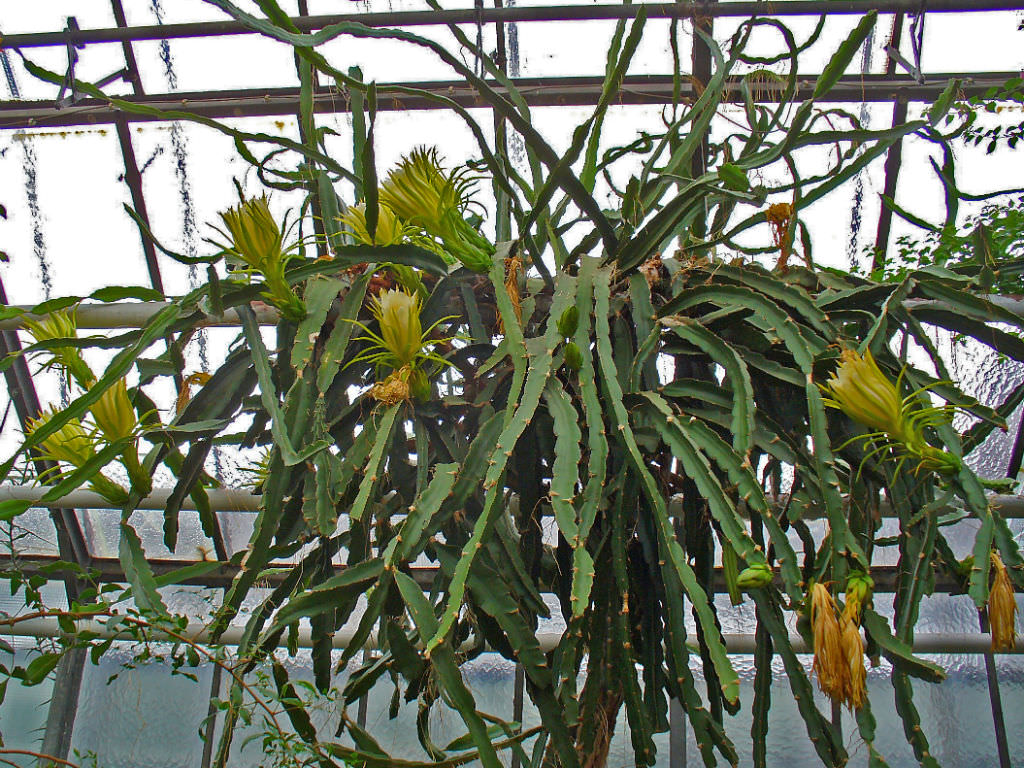
Hylocereus undatus Night Blooming Cereus, Dragon Fruit World of Succulents
It is scientifically called Hylocereus undatus and is one of the few cacti that are both epiphytic and terrestrial (1). The plant got its common name from the scaly appearance of the pink, red, peach, sometimes yellow fruit that can weigh up to 2 pounds (0.9 kg).
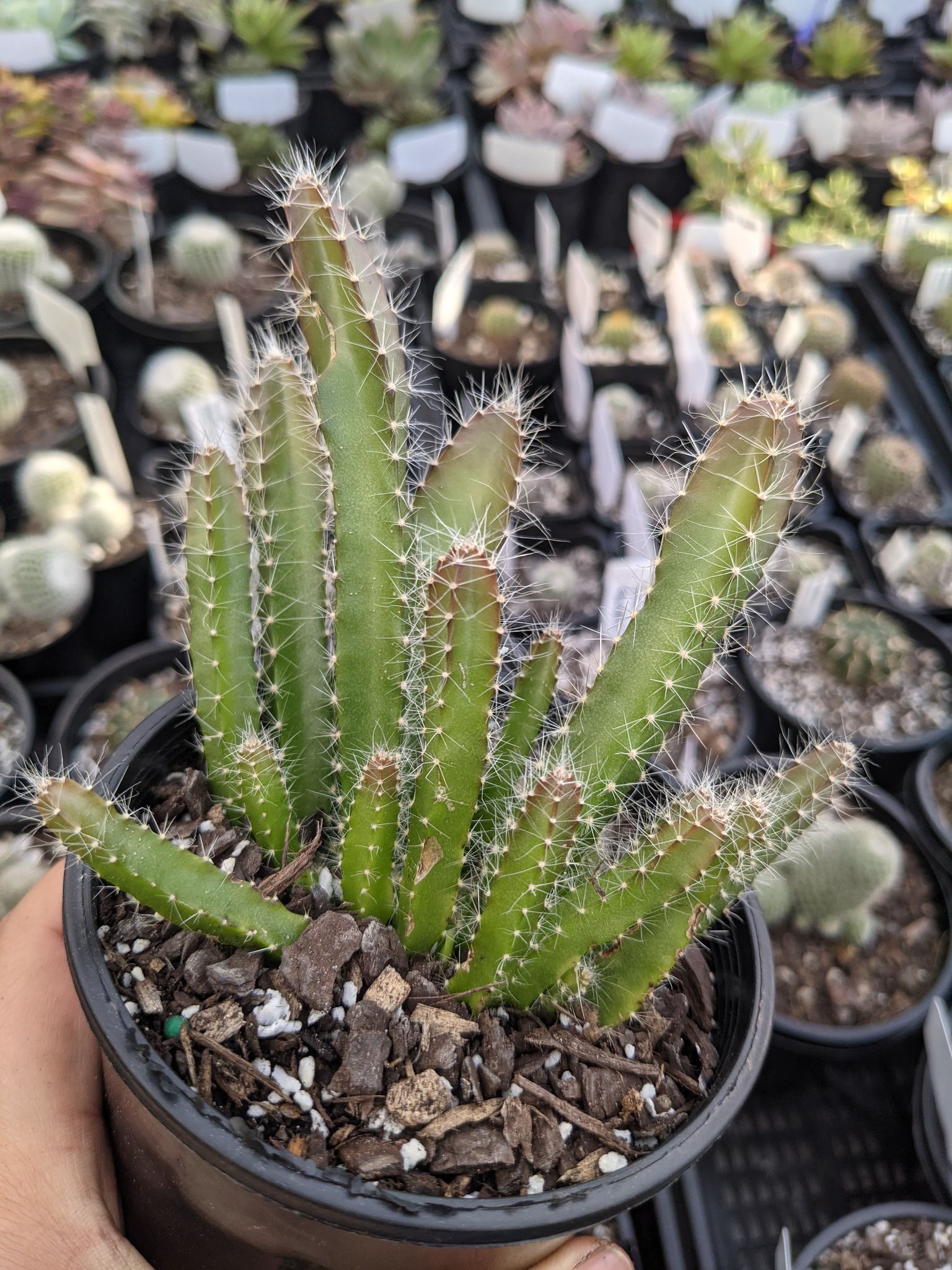
Hylocereus Undatus SUCCERLAND
Discover the exotic Hylocereus undatus - Dragon Fruit! Dive into our comprehensive plant database for care tips, growth secrets, and stunning images.

Hylocereus undatus
Best planted in spring, dragon fruit cacti can grow up to 20 feet tall and produce aerial roots that allow them to cling to surfaces, creating their creeping, climbing habit. This plant is considered invasive in parts of Florida. The Spruce / Gyscha Rendy Dragon Fruit Cactus Care
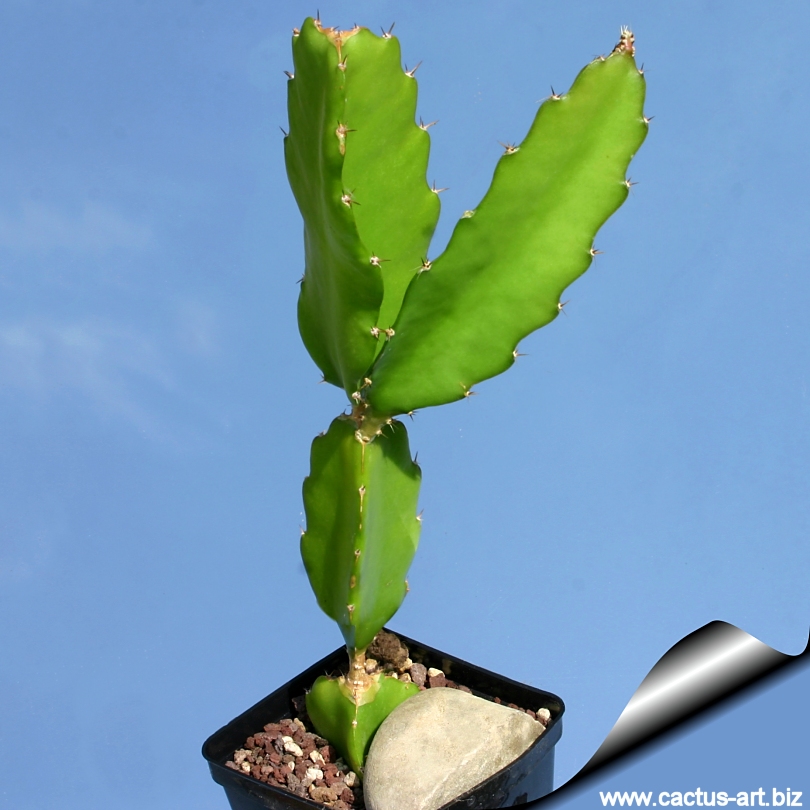
Hylocereus undatus
June 14, 2022 by James Glover. Hylocereus undatus is a vine-like plant belonging to the cactus family. Commonly used as an ornamental vine cum a fruit crop, Hylocereus undatus is a terrestrial or epiphytic plant that has a very fast growth rate. It is commonly referred to as Dragon fruit, Christ in the Manger, or night-blooming cereus.

Dragon Fruit Hylocereus Undatus Poppys Wild Kitchen
Hylocereus undatus is one of the most unruly species in the entire cactus family. It is a hemi-epiphyte, its fleshy, three-angled, jointed stems clamber over other plants and produce fibrous, aerial roots that cling to any available surface.
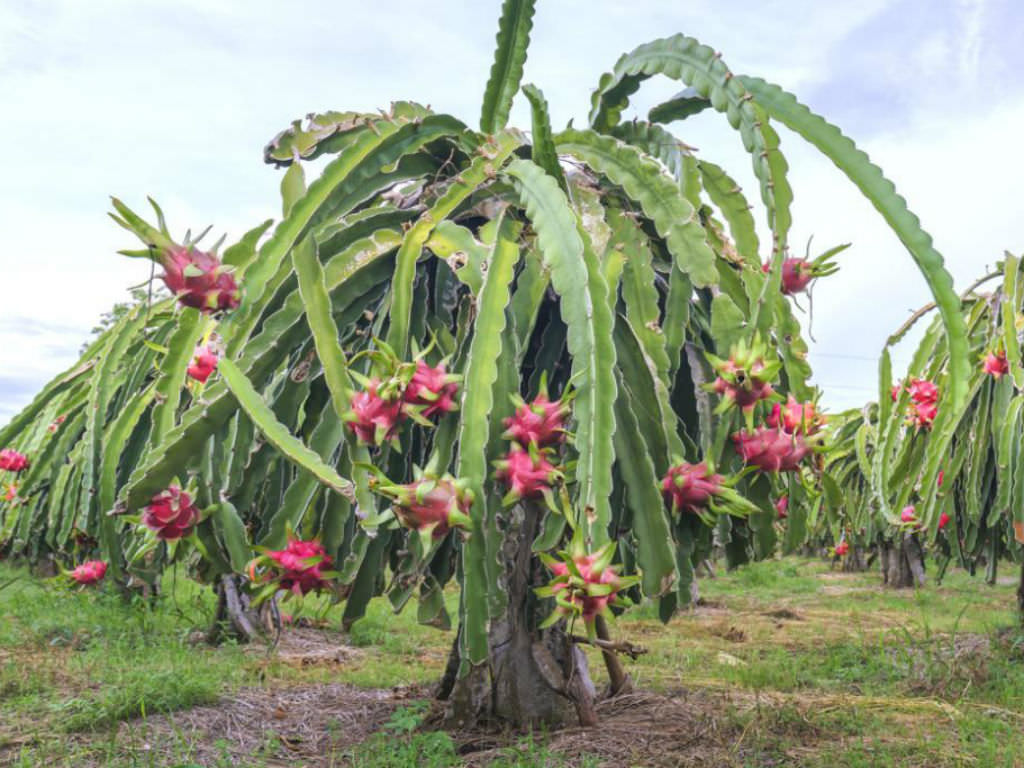
Selenicereus undatus (Dragon Fruit) World of Succulents
Scientific name: Hylocereus undatus. Common names: Dragon Fruit Cactus or white-fleshed pitaya plant. Hylocereus undatus Macho Milano, the dragon fruit plant. Want to grow your own Dragon Fruit plant? Find it for sale on Amazon! Indoor Hylocereus Undatus Dragon Fruit Care

White Dragon Fruit Pitaya Blanca Hylocereus undatus 40 Seeds
You can grow the dragon fruit plant ( Hylocereus undatus) indoors if your home has a location with plenty of sunlight, such as a sunroom or a large window where the plant gets six to eight hours of sunlight. To make an indoor dragon fruit cactus bear fruit might require hand-pollination, a job that is done by moths, bats, and bees outdoors.

Hylocereus undatus "Dragon Fruit, White Flesh" [ROOTED CUTTING, 3.5" Mallacht's Plants
Selenicereus undatus, formerly known as Hylocereus undatus, is a lithophytic or hemiepiphytic cactus with creeping, sprawling, or clambering stems. It branches profusely. Stems grow up to 33 feet (10 m) long and climb by aerial roots. They are green, with up to 4 feet (1.2 m) long joints, generally three ribs, and 1 to 3 conical spines per areole.

Hylocereus Undatus (Dragon Meyvesi) Dragon fruit plant, Fruit plants, Types of cactus plants
Description: Hylocereus undatusSN|7429]]SN|7429]] is a sprawling or vining, terrestrial or epiphytic cactus. They climb by use of aerial roots and can reach a height 10 meters or more growing on rocks and trees. They are very variable and closely related to Selenicereus. Stems: Green 3-winged, from a few cm up to 5 m long (in mature plants), 4 to 7.5 cm margins undulate and horny wide with.

Dragon Fruit (Hylocereus undatus) My Garden Life
Scientific Name: Hylocereus undatus and other species and hybrids (Table 1). Common Names: English: Strawberry pear, dragonfruit, night-blooming cereus. Spanish: pitahaya, tuna, nopal, pitajaya. Family: Cactaceae
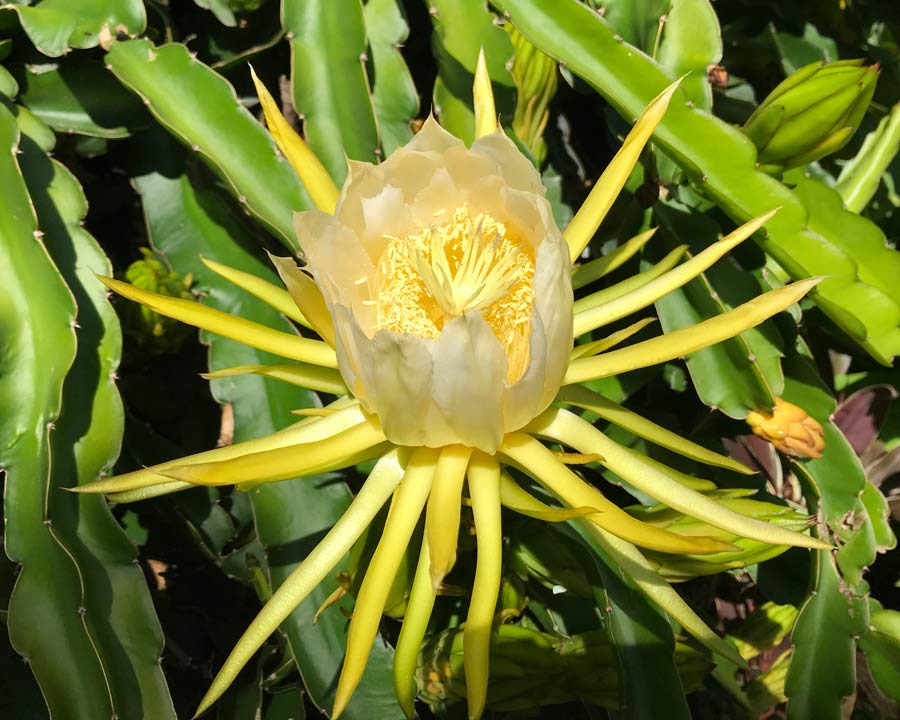
Hylocereus undatus
Selenicereus undatus, the white-fleshed pitahaya, is a species of the genus Selenicereus (formerly Hylocereus) in the family Cactaceae [1] and is the most cultivated species in the genus. It is used both as an ornamental vine and as a fruit crop - the pitahaya or dragon fruit. [3]

How to Grow Dragon Fruit Plants Indoors Hylocereus Undatus Care
Hylocereus undatus, which is also known as the Night-Blooming Cereus, is a species of vining cacti that grows hemiephytically. This means the plant's seeds germinate in a canopy of trees such that the plant begins its life as an epiphyte. Then the plant sends roots downward until they make contact with the ground.

Hylocereus undatus (Dragon Fruit) World of Succulents Succulents, Plants, Planting flowers
Last updated on: January 18, 2022 by Annette Hird Spread the love This interesting species of cactus is quite unusual in that it prefers to grow in sub-tropical areas. It has enormous white flowers that only open at night. After flowering, the plant produces spectacular-looking fruits that are edible.
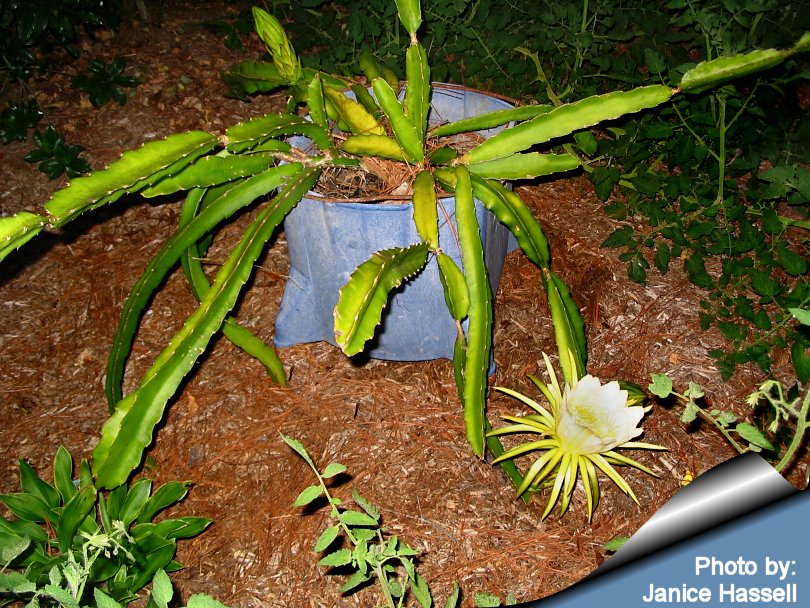
Hylocereus undatus
Hylocereus undatus or commonly known as Dragon Fruit is a climbing cactus or succulent shrub with triangular stalks that can be up to 7 m long. It produces aerial roots enabling it to climb and support itself. It is widely cultivated for its edible fruit with a sweet and pleasant flavor. The fruit is red, 7-12 cm long, and covered in prominent.
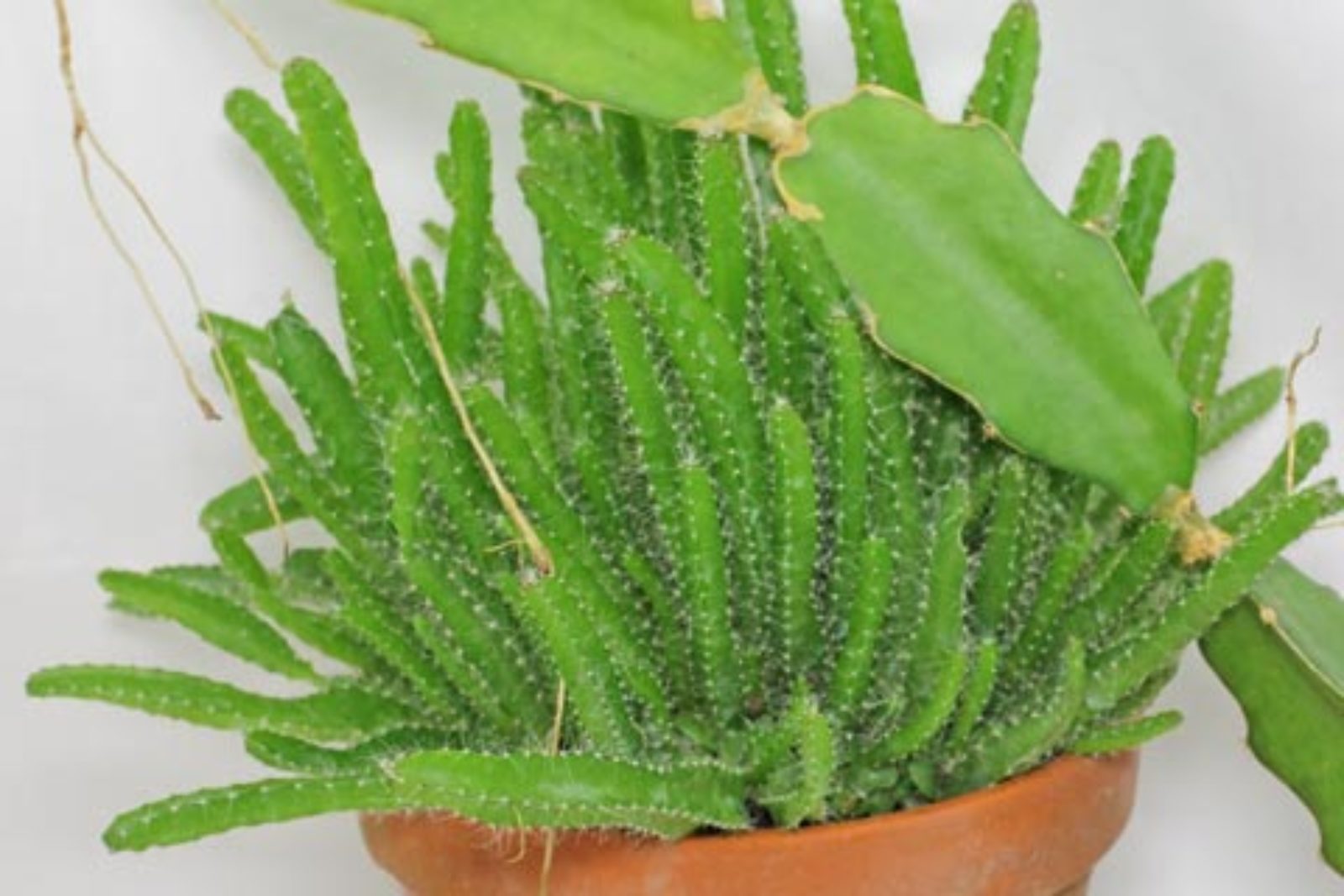
Hylocereus undatus
Selenicereus undatus (formerly Hylocereus undatus), also known as dragon fruit, pitahaya, or pitaya, is native to Central and South America. Dragon fruit has gained popularity worldwide for its unique appearance, refreshing taste, and potential health benefits.
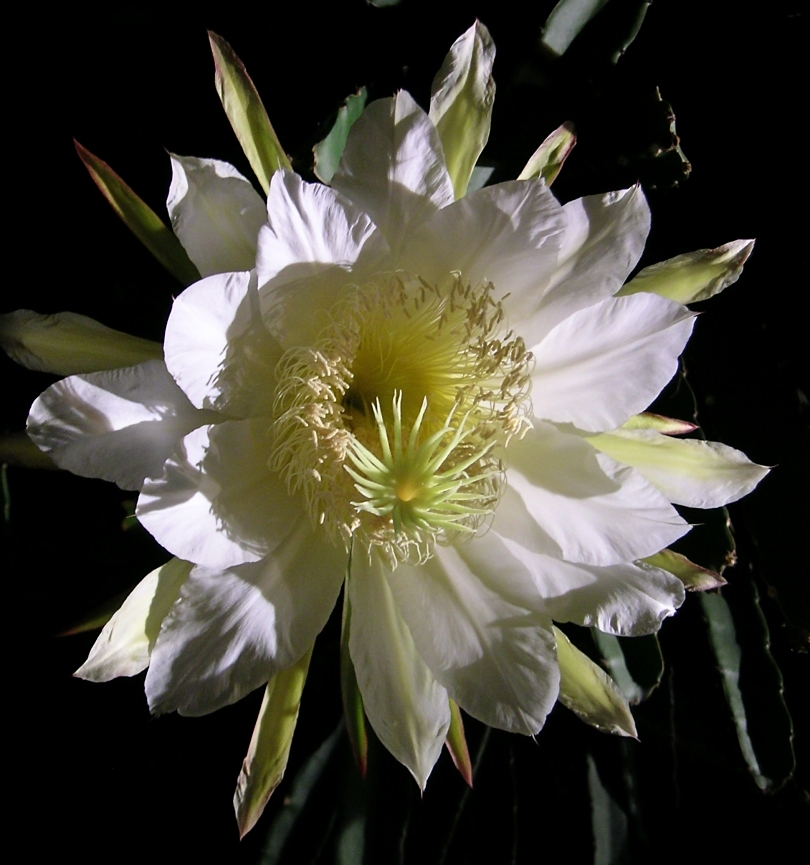
Hylocereus undatus
Hylocereus undatus, also known as the Nightblooming cactus, is a climbing cactus that is often found trailing over rocks or as an epiphyte hanging down from branches of other plants on which is has become established. The stems of most cacti are photosynthetic therefore they are green in color due to the presence of the plant pigment chlorophyll.